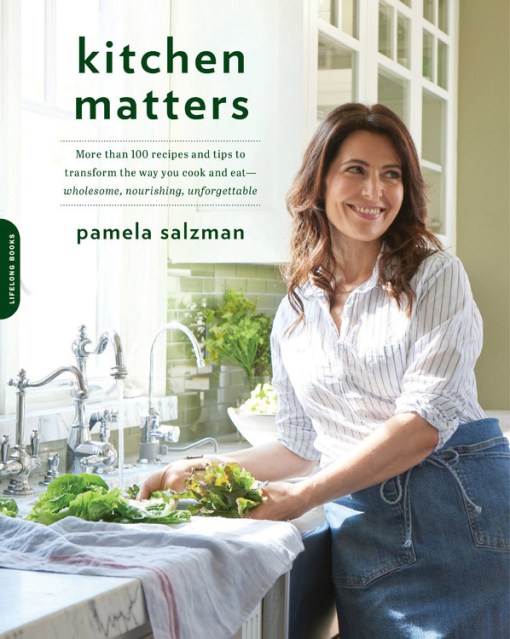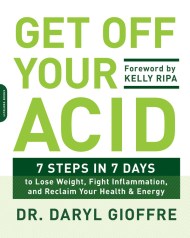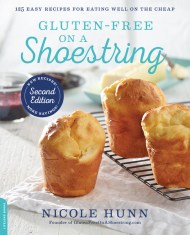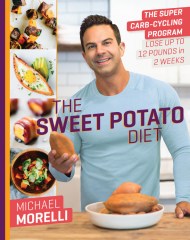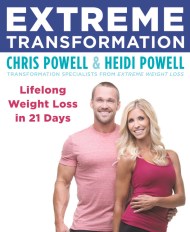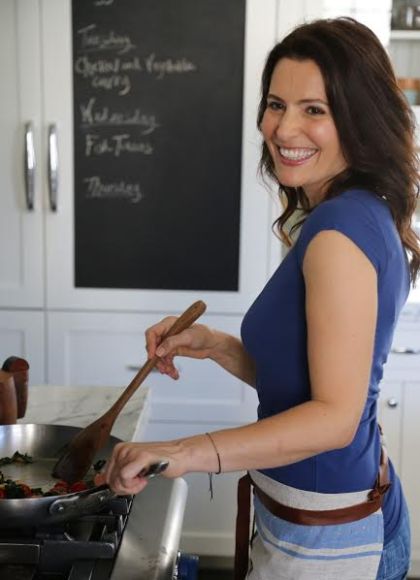Promotion
Use code MOM24 for 20% off site wide + free shipping over $45
Kitchen Matters
More than 100 Recipes and Tips to Transform the Way You Cook and Eat -- Wholesome, Nourishing, Unforgettable
Contributors
Formats and Prices
Price
$22.99Price
$28.99 CADFormat
Format:
- Trade Paperback $22.99 $28.99 CAD
- ebook $15.99 $20.99 CAD
This item is a preorder. Your payment method will be charged immediately, and the product is expected to ship on or around June 13, 2017. This date is subject to change due to shipping delays beyond our control.
Also available from:
“Isn’t [Pamela] amazing? I couldn’t boil water and now I regularly make dinner for my family.” — Jenni Kayne, fashion designer
Genre:
- On Sale
- Jun 13, 2017
- Page Count
- 288 pages
- Publisher
- Da Capo Lifelong Books
- ISBN-13
- 9780738219240
Newsletter Signup
By clicking ‘Sign Up,’ I acknowledge that I have read and agree to Hachette Book Group’s Privacy Policy and Terms of Use
